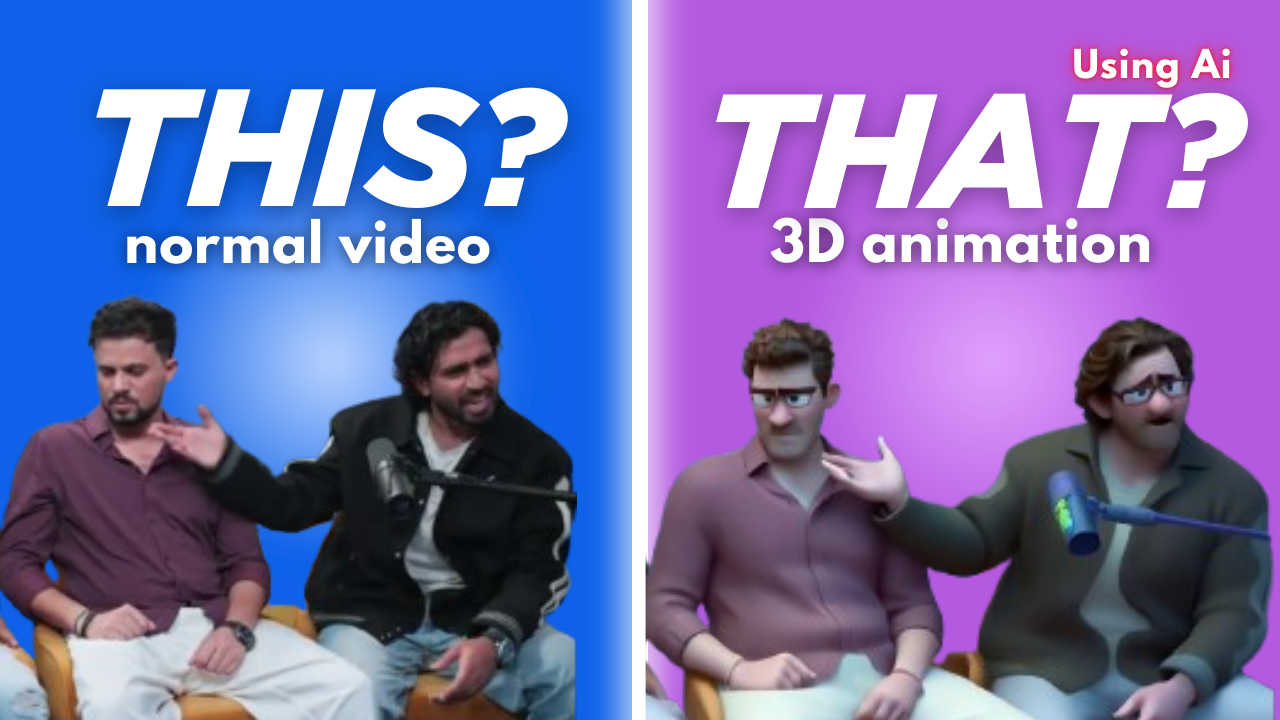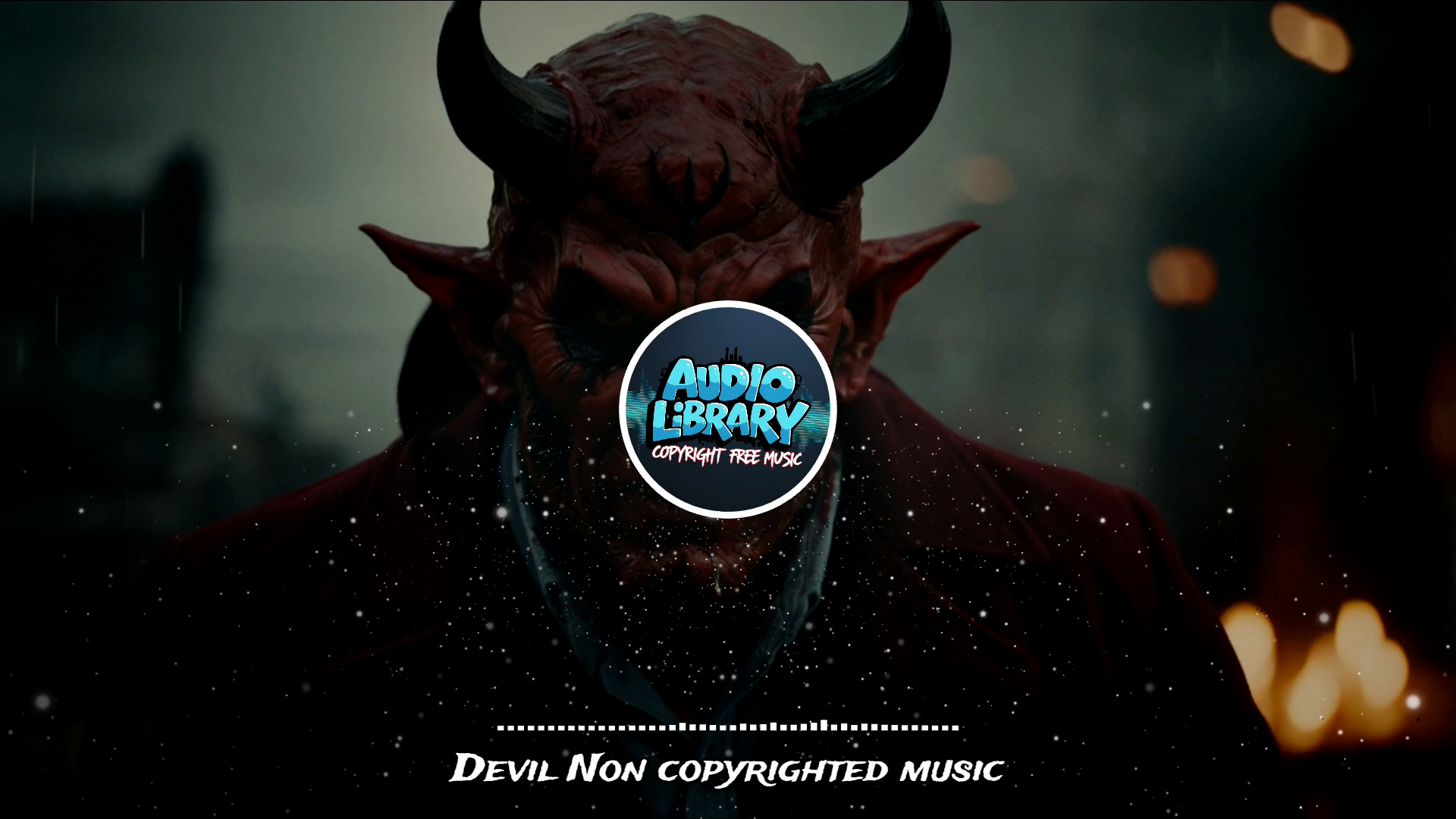 How to Make a Normal Video into an AI 3D Animation Video
How to Make a Normal Video into an AI 3D Animation Video
In recent years, the fusion of AI and 3D animation has redefined video content creation, making it more accessible and efficient for creators. Turning a regular video into a 3D animation is no longer a complex task reserved for experts. With the help of AI-driven tools, anyone can now transform a normal 2D video into a stunning 3D animation. This guide will walk you through the entire process, from understanding the basics to implementing AI solutions for your project.
Understanding the Basics of 2D and 3D Animation
Before delving into the conversion process, it’s essential to understand the core differences between 2D and 3D animation. Traditional 2D videos are flat images that only offer height and width dimensions. They are typically hand-drawn or digitally illustrated. On the other hand, 3D animation adds depth, providing a more immersive viewing experience. Characters and objects in 3D animations can rotate and move in a 360-degree space, making them appear more realistic.
AI technology enhances this conversion process by automating the steps that previously required significant manual effort. AI can now analyze video frames, detect depth, and generate the required 3D elements based on the original 2D input.
In this Articl you will get best Ai Website for 3D Animation Conversion
One of the first steps in turning your video into a 3D animation is selecting the appropriate AI tools. Below are some popular options:
At the end of the article you will get the best Ai Website for 3D Animation
Each of these tools uses AI algorithms to identify patterns and structures within the video, predicting how objects would behave in a 3D space. By selecting the right tool for your specific needs, you’ll be able to achieve better results in less time.
Common Challenges in AI 3D Animation Conversion and How to Overcome Them
While AI makes the 3D animation process much easier, you may still encounter some challenges:
Challenge 1: Unnatural Movements or Transitions
AI sometimes struggles with complex movements, leading to jerky or unrealistic transitions. To fix this, reduce the complexity of your scenes, or use manual editing tools to smooth out these transitions.
Challenge 2: Inconsistent Lighting
Another common issue is inconsistent lighting, especially in outdoor scenes. AI may have difficulty interpreting natural light and shadow changes. Most tools allow you to adjust lighting after the conversion to achieve a more cohesive look.
Challenge 3: Depth Perception Errors
Occasionally, the AI might misinterpret depth, causing objects to appear out of place. Use manual depth editing options in the tool to correct these errors.
Benefits of Using AI for 3D Animation Conversion
1. Time Efficiency
Traditional 3D animation can take weeks or even months to create. AI significantly reduces this time by automating the process, making it possible to generate 3D animations in a matter of hours.
2. Cost-Effective
Hiring a team of animators can be expensive. With AI-powered tools, you can achieve professional-quality animations without the need for costly resources.
3. Accessibility
AI 3D animation tools are designed for users of all skill levels. Even those without prior animation experience can create high-quality content.
4. Flexibility
AI tools often allow for quick adjustments and changes, giving creators more flexibility to experiment with different styles and effects.
Best Practices for Creating High-Quality AI 3D Animations
1. Start with High-Resolution Videos
The better the quality of your original video, the better your 3D animation will be. Ensure your video is shot in HD or 4K for optimal results.
2. Simplify Complex Scenes
If your video contains a lot of action or intricate details, the AI may struggle to process them effectively. Simplifying your video will produce a cleaner, more polished final product.
3. Use Natural Lighting
Good lighting enhances the depth and realism of your 3D animation. When shooting your original video, aim for well-lit scenes that are evenly exposed.
4. Test Multiple AI Tools
Different AI tools may provide different results. Don’t be afraid to test multiple platforms to find the one that works best for your project.
Conclusion
Turning a regular video into a 3D animation has never been easier thanks to advancements in AI technology. By selecting the right tools, preparing your video properly, and following the necessary steps, you can transform your content into a visually engaging 3D animation in no time. AI-powered animation tools offer unprecedented opportunities for creators to innovate and push the boundaries of digital storytelling.

